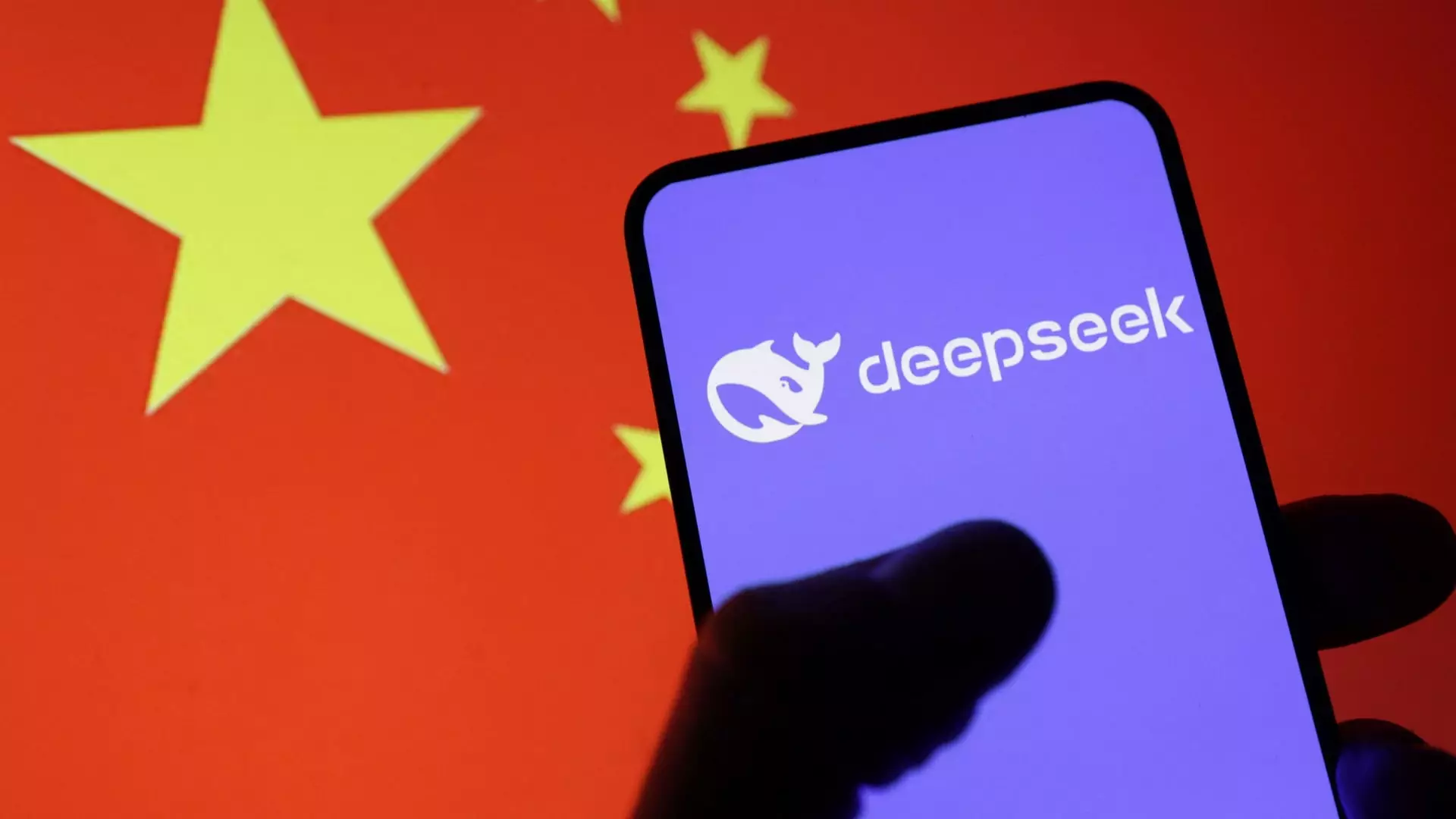The recent surge in Chinese tech giants’ stock prices, such as Alibaba and Baidu, following news of advances in artificial intelligence and significant business deals, might seem like a testament to China’s rising technological prowess. However, this optimism is largely superficial. The narrative of China achieving complete independence from foreign technology is fundamentally flawed. While there are undeniable strides in sectors like AI and chip manufacturing, these developments are often exaggerated or strategically portrayed to boost national pride and foreign investor confidence. A closer analysis reveals that China’s technological landscape remains heavily dependent on foreign hardware and expertise—particularly in semiconductors, which are critical to AI infrastructure.
Despite Beijing’s push for self-sufficiency, the reality remains that Chinese companies cannot fully discard foreign chips overnight. The Chinese government’s recent discouragement of domestic companies from purchasing Nvidia chips exposes a paradox: the country recognizes the essentiality of foreign technology while simultaneously trying to project an image of independence. Such policies might serve diplomatic signaling purposes but do little to fundamentally alter the entrenched supply chain dependencies that define China’s tech ecosystem. This disconnect between rhetoric and reality highlights the country’s limited capacity to rapidly transition to indigenous alternatives, especially in high-performance computing chips used for AI.
Strategic Vulnerability and Market Confidence
Macro-level strategic moves, such as Beijing’s investigation into Nvidia and the encouragement of local chip development, underscore China’s awareness of its vulnerabilities. The restrictions imposed by the US on Nvidia chips—while initially a setback—may inadvertently serve as a catalyst for China’s domestic industry. Chinese companies, buoyed by government support and strategic investments, are pushing toward “good enough” domestic alternatives. Nonetheless, these substitutes are unlikely to match Nvidia’s cutting-edge performance for the foreseeable future, and that creates a significant issue: China’s AI and high-tech ambitions are still tethered to foreign core technology.
The market’s optimistic reaction—boosting stocks of Chinese tech giants—could very well be misplaced. Such enthusiasm assumes that domestic innovations will soon replace critical foreign components, ignoring the fact that technological development isn’t linear or fast enough to meet urgent national needs. Chinese firms like SMIC, Alibaba, and Baidu are positioned to benefit, but their reliance on foreign equipment, such as Nvidia GPUs, complicates their aspirations for true autonomy. Bernstein’s analysts acknowledge that, while Chinese companies can currently access Nvidia’s hardware overseas, this access is fragile and could be curtailed, disrupting development pipelines.
Progress or Illusion? The Domestic Chip Ecosystem
The push for China-made chips is a strategic move driven more by political necessity than immediate technological parity. Morgan Stanley’s optimistic assessment of regional suppliers’ ability to dominate global cost curves sidelights the fact that these companies are still nascent players. They operate in a landscape filled with immense technical challenges, and their success hinges on long-term investments that may take years or even decades to bear fruit.
The notion that China can quickly achieve self-sufficiency in critical components like sensors, motors, and batteries is more aspirational than realistic. While certain local companies such as Naura Technology and Inovance Technology are emerging as industry leaders, their influence remains limited in the global scheme. The broader strategy—promoted under China’s “AI+” initiative—is driven by a desire to demonstrate technological resilience, but it risks overestimating the speed and scope of domestic innovation. The Chinese government’s commitment to rapid localization often glosses over the complex realities of semiconductor manufacturing, which require globalized supply chains, cutting-edge research, and substantial capital infusion.
Geopolitical Implications and Market Realities
China’s focus on developing its AI and chip industries is undoubtedly a central pillar of its geopolitical ambitions, yet it underscores a persistent vulnerability: the ongoing tug of war with the United States. Efforts to decouple the Chinese tech ecosystem from Western technology are as much about signaling strength as they are about actual independence. The recent investigations into American chip firms and restrictions on foreign hardware can be interpreted as strategic moves to pressure Washington, but they also risk accelerating the very global dependency China seeks to diminish.
Furthermore, the narrative of China’s technological ascendancy often overlooks the complexity of global innovation ecosystems. While Chinese companies like Tencent have gained prominence by developing AI tools and applications, these innovations still depend on underlying foreign hardware and software platforms. The idea that Chinese firms will soon redefine AI hardware requirements by developing “less hardware” is an optimistic myth. It underestimates the biological and technical constraints inherent in high-performance computing.
In essence, China’s quest for technological self-sufficiency is a strategic gamble. It’s a gamble rooted in political messaging rather than immediate technological reality. The country’s efforts to foster a self-reliant chip ecosystem and push AI across industries are admirable but remain incomplete. Until China can develop truly indigenous high-performance hardware and secure global supply chains, its claims of technological independence should be viewed with skepticism, not celebration.

